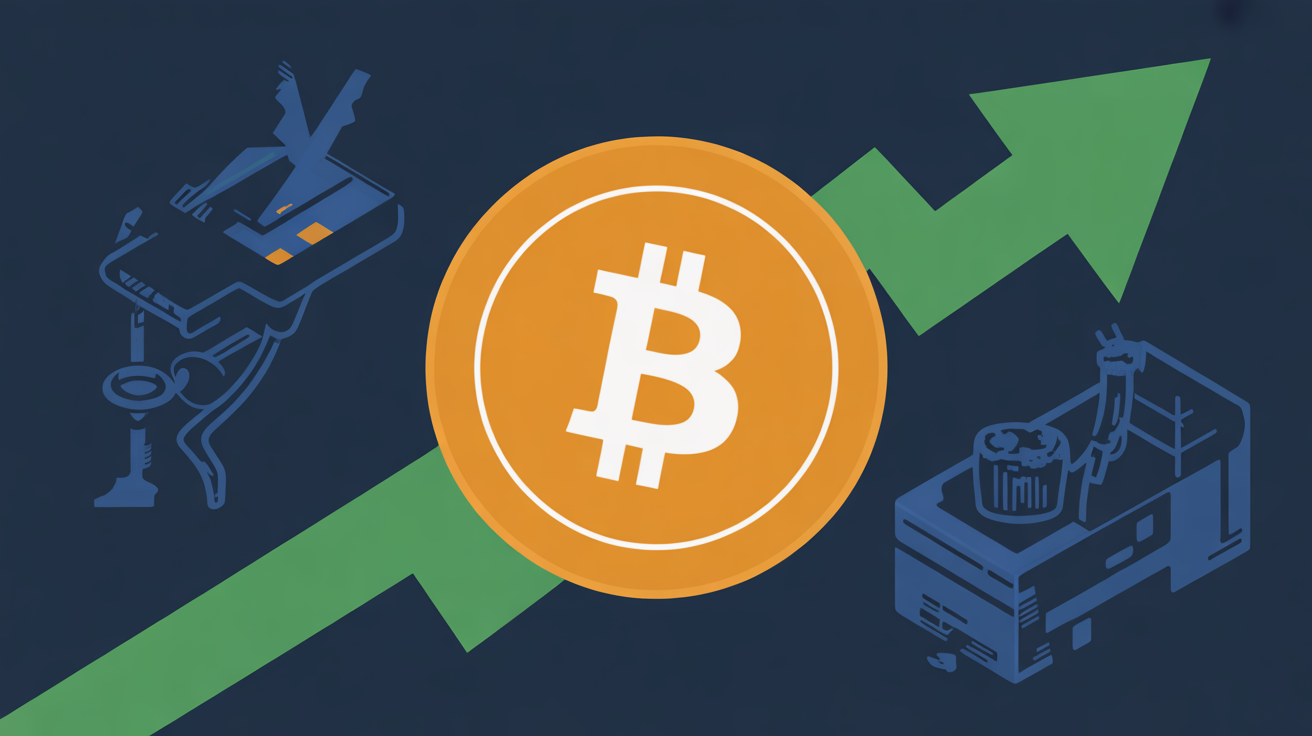Has Bitcoin Peaked—or Is the Bull Market Still in Play?
October 28, 2025
Bitcoin (BTC) is entering what could be the most crucial phase of its current cycle. Historical trends hint at a potential peak, but market structure and sentiment suggest there may still be more upside ahead.
The debate dominating crypto markets is simple: Did Bitcoin top out at $126,500 on October 6, or is there another leg left in this rally?
Every four years, Bitcoin’s halving event cuts new supply in half, typically fueling massive price gains about 12 to 18 months later. This time, however, despite being in that historical window, Bitcoin has yet to display the hallmark “blow-off top” — the euphoric, high-volatility surge that marked previous bull market endings.
As Bitcoin’s market matures and its inflation rate declines, each halving’s direct impact naturally weakens. Historically, Bitcoin has followed a pattern of three strong years of growth followed by one corrective year. With 2023, 2024, and 2025 all likely to close higher, some analysts are preparing for a possible downturn in 2026.
Still, the evidence doesn’t clearly point to a cycle top. Market sentiment remains cautious, volatility is muted, and on-chain indicators show no sign of speculative mania — all of which suggest the rally may have further to run.
Whales and long-term holders have realized significant profits near $100,000, while older coins are being moved as low fees and quantum security concerns prompt repositioning. Historically, these sell phases tend to end as seller exhaustion sets in, often preceding a renewed push higher.
Unlike the cycle tops of 2017 and 2021, which occurred during periods of Federal Reserve rate hikes, this phase is unfolding during a rate-cutting cycle. The Fed has already trimmed rates by more than 100 basis points since September 2024, with another 25-basis-point cut expected this week and rates projected to settle around 3.25%–3.50% by early 2026. The central bank is also bringing its quantitative tightening program to an end, signaling a clear shift toward easier monetary policy — a historically bullish backdrop for risk assets.
One of the most transformative developments this cycle has been the launch of U.S. spot Bitcoin ETFs in early 2024. These funds have introduced a steady stream of institutional demand, keeping corrections shallow — rarely deeper than 20% — and improving liquidity. The introduction of ETF options has further reshaped volatility dynamics, enabling more sophisticated hedging and reducing the likelihood of sharp selloffs.
Together, these factors have helped Bitcoin evolve into a more stable, institutionally integrated macro asset, suggesting that the extreme “boom-and-bust” nature of earlier cycles may be fading.
In the broader macro picture, gold — often considered Bitcoin’s inflation hedge counterpart — has slipped roughly 10% from its highs, while Bitcoin has gained more than 10% since early October. The setup resembles 2020, when gold peaked just before Bitcoin began its parabolic rally into 2021.
Even so, Bitcoin has yet to reach new highs relative to key benchmarks. Against the Magnificent 7 tech stocks, its ratio stands at 42 versus 55 in 2021, and against gold, it remains around 40 ounces per BTC, near its 2021 level.
The macro backdrop remains uncertain, with U.S.–China trade tensions, a government shutdown, and weak manufacturing data keeping risk appetite in check. However, Trump’s reshoring initiatives and record AI-driven capital investment could provide a fresh boost to economic growth.
Despite these crosscurrents, investor mood remains cautious rather than euphoric. Coinglass data shows 16 days of “fear” and only six neutral days in the past month, while volatility continues to hover near historic lows — a setup rarely seen at a genuine market top.
In short, while some traders believe Bitcoin’s cycle peak has already passed, the weight of evidence — from on-chain behavior to macro conditions — suggests the bull market may still have gas left in the tank.





